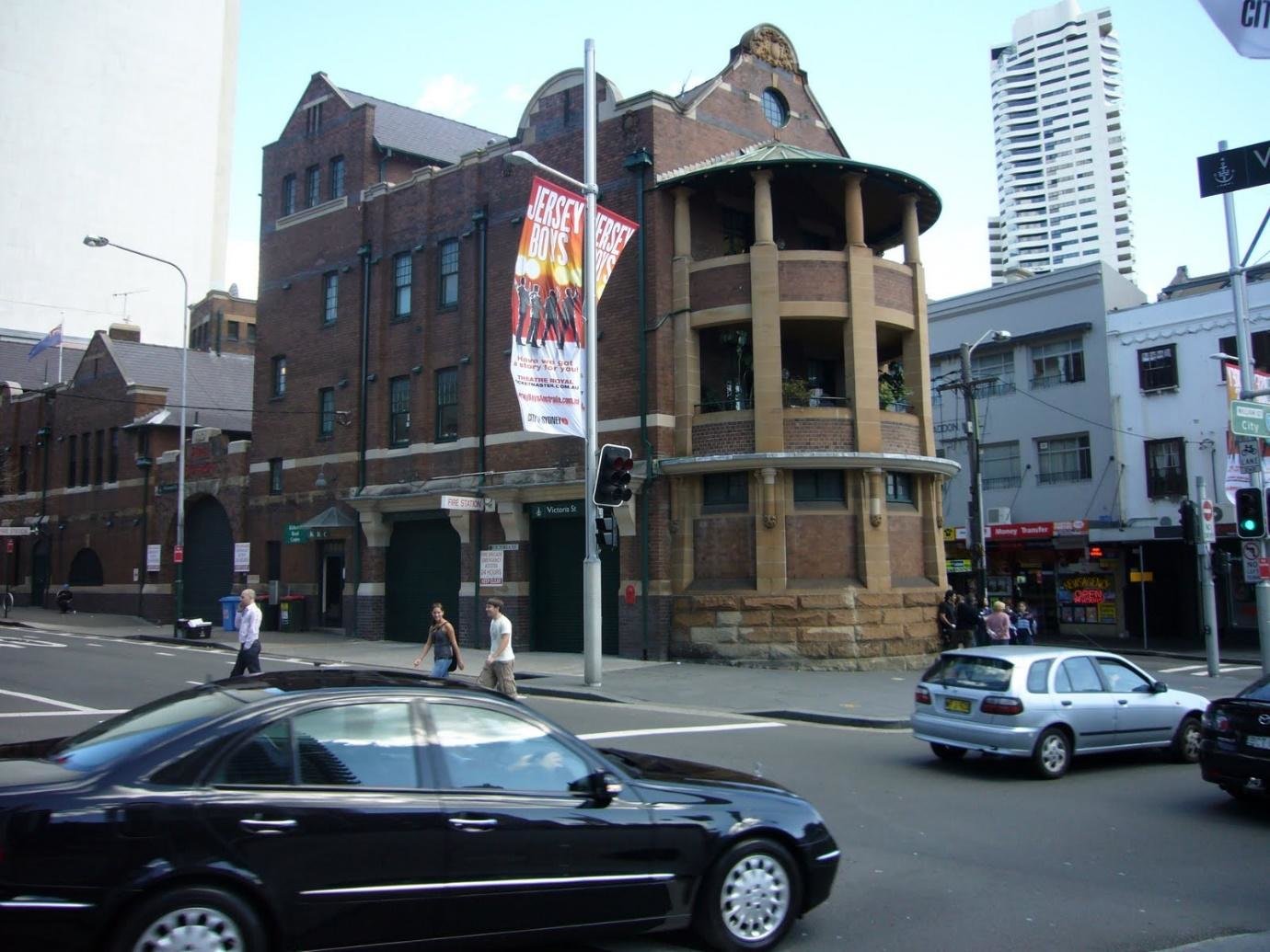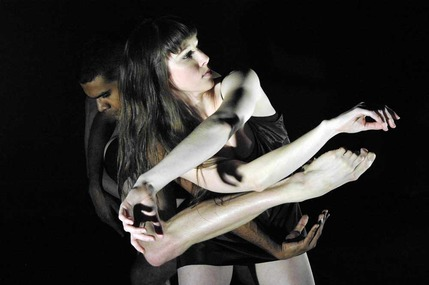Audience and location
The city of Sidney continues to perpetrate a reputation of supporting the development of creative spaces aided by a series of events locations and programs. As such, the city offers a variety of periodic events and activities running through the year. To facilitate these events the city is proud to host and support several seamless and provocative spatial settings.
These settings offer strategic circumstance and artistic environment that is endorsed by a rich cultural background. Running down from iconic operas to galleries and underground community theatres, these locations have earned a reputation of affordability in artist workspace through the facilitation, cooperation and support of local government.
Subsidised rental and leasing programs as well as peppercorn rent programs have allowed creative arts developers to afford and enrich the content of their collections and pieces of art (Foo & Rossetto 1998).
At the heart of these locations is the Heffron hall managed and controlled by Queens Street Studio in conjunction with FraserStudios, provide an exemplary coalition between artists and developers. This collaboration offers affordable rehearsal space allowing for a constant turnover of activity.

Statement of intent
The exhibition experience in any such location is pegged on a variety of factors besides the presented item or exhibition. The Falk and Dierking’s model notes that in such an experience as “the importance they find visitors attribute to individuals, objects, and environments other than those for which they specifically attend the attraction, informs many types of attractions” (2000, p.17). In effect, the elements comprising or leading to an activity, exhibition or presentation complement and shape the audiences impression and attraction to the item of art.
Fundamentally, the attraction experience is a gradual and cumulative collection of events leading to the conception of a concrete bias in opinion in the form of an attraction. In the location above, the length of attraction represented to an audience, looking to visit this location will be greatly influenced by the features of the studio including the outside environment of the hall, the presentation of the advertisement of the event, the timing of the event and the general outlook of the space allocated.
These are to be conjured to portray various elements of the piece in the format and approach of Mo¨dersheim’s (2004) as follows in his book art of war:
Theme
The piece must react to the audience in a manner suggesting a specific theme and approach. It must perpetrate an agenda in a proscribed mannerism. This can be achieved by appealing to history and philosophy through invitation of influence from related or similar acts. This sets the audience to a certain direction of thought and impression.
This is also to be built from the timeline of events and elements of the activities that develop the final outlook and impression. Agony and liberation will be contrasted and humiliated by the various tools of expression through the actors and carriers of the idea
The tragedy and disaster
The piece will suggest and explain a crisis of events ideas or perspectives as the starting point of the attraction. This allows the piece to divide the audience in opinion interest and option. The taking of sides presented by a conflict borne by the progression of historical events or ideas allows the audience to engage with the piece in this first level.
Disillusion and trauma
Frustration, fear and disillusionment at this level engage the audience in the ‘fight’ by allowing them to form an opinion bias or reaction. It plays the role of feedback from the earlier step. This acts as the total sum of the first impression and first reaction to the progression of the theme, past experience, present interaction and future anticipation. All these are weighed on the balance of principles over morals. Different perspectives are presented at this stage to allow the audience to form an informed bias.
The crisis of representation
In preparation for the victory or conclusion, a leader must appear. A carrier of the burden of blame for the positive or negative opinion must be borne to the audiences, described, and created in the details of their respects. They will then act as the scapegoats who act as the symbols and representatives of a specific stand or bias. They are then seen to suffer the weight of this burden depending on the affection and attachment of the audience to them.
The traumatic realism
The conclusion and results of the above reactions are then made clear in the piece to attract a teaching. This stage gives the audience a firsthand interaction with the consequences of their bias and gives an account of these consequences. It presents the infected and the affected in a closing remark expression and experience.

Outcomes
Preliminary design and planning
The preliminary design involves an interaction between the discovery process and the final expected outcome. This is arrived at after an evaluation of the various available approaches locations and methods of presentation. This is then is laid out in the form of virtual locations, major features of the suite and the salient participants and players of the various roles.
To this effect, a collection of carefully selected pieces of art will be chosen subscribing to the adopted theme. They will be accompanied by a strategic setting of the location through the restructuring of the location to accommodate the audience. It will involve the formulation of a schedule of events in the order subscribing to the outline discussed above.
The site map will also be developed and prepared to position the elements and artists in attendance in the most appropriate manner. This is map is tested for performance, convenience and completeness in anticipation of the final plan. The master plan is then constructed from the most reliable and effective design and used as a point of reference for the implementation.
Design Language
Communication occurs through various mediums such as words sounds verbal symbols as well as visual symbols. In the diagram below these are employed interactively in the design of the elements. Effectively the language employed here is a visual one as aided by the words and symbols.
Clearly one would very well understand the elements in the picture even without the writings. However, the design language allows the audience to pay specific attention to certain elements of the design at the expense of all others. This also perpetrates the theme of the language and allows the audience to perceive the picture from a specific perspective.

Conclusion
The contrast of opinions, perspectives, and events in a piece of art supplemented by the allusion to its historical antecedent offers the audience a divided ground to which they have no choice but to take a stand. This develops the attraction and interest which form the parameters of evaluating a good piece of art.
References
Falk, J & Dierking, L 2000, Learning from Museums: Visitor Experiences and the Making of Meaning, AltaMira Press,Walnut Creek.
Foo, L & Rossetto, A 1998, Cultural Tourism in Australia: Characteristics and Motivations, Bureau of Tourism Research Australia Occasional Paper 27, Canberra.
Mo¨dersheim S 2004, Art and War, Representations of Violence: Art about the Sierra Leone Civil War. University of Wisconsin, Madison.
Warf, B & Arias S, 2009, Spatial Turn: Interdisciplinary perspectives, Routledge, New York.